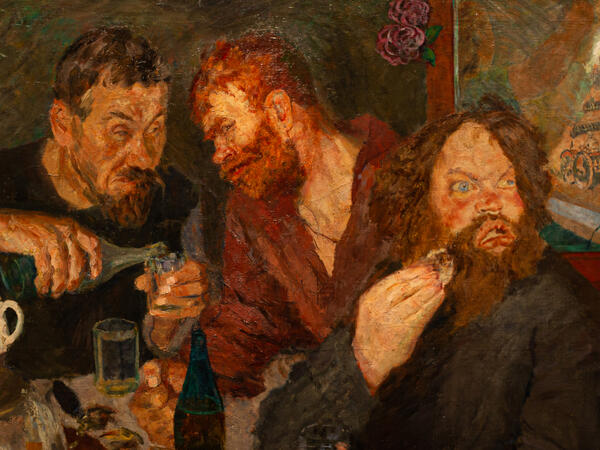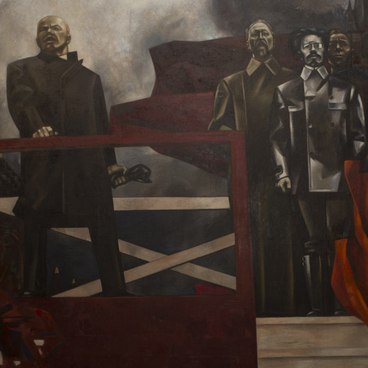The painting ‘Conspiracy of the Kulaks’ was created by Boris Ioganson — a prominent representative of Socialist Realism art. This movement focused on promoting certain ideas rather than on using pictorial techniques (the application of paint, choice of colors and composition lines). Socialist Realism artists strove to glorify Communist values and condemn those who opposed them.
This particular painting was supposed to criticize ‘kulaks’ (a derogatory Soviet term for wealthy farmers). Official documents from the first third of the 20th century sometimes included these words:
This particular painting was supposed to criticize ‘kulaks’ (a derogatory Soviet term for wealthy farmers). Official documents from the first third of the 20th century sometimes included these words:




